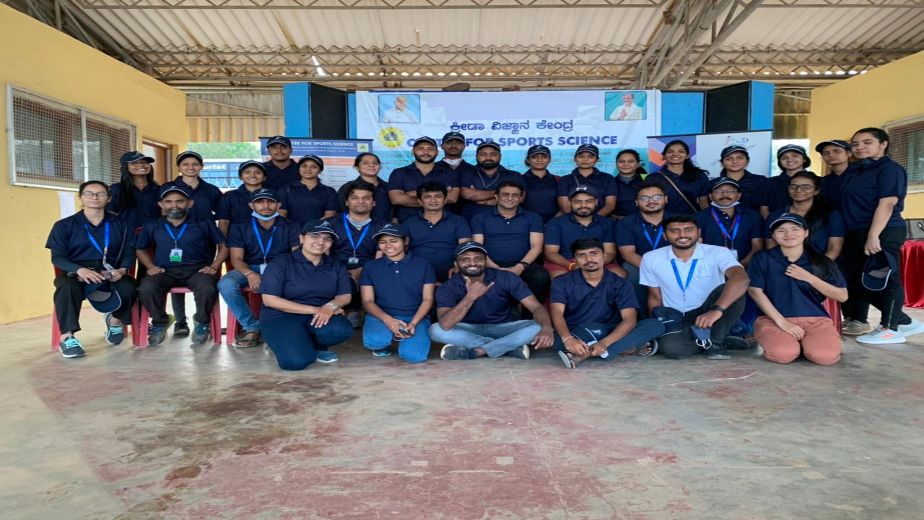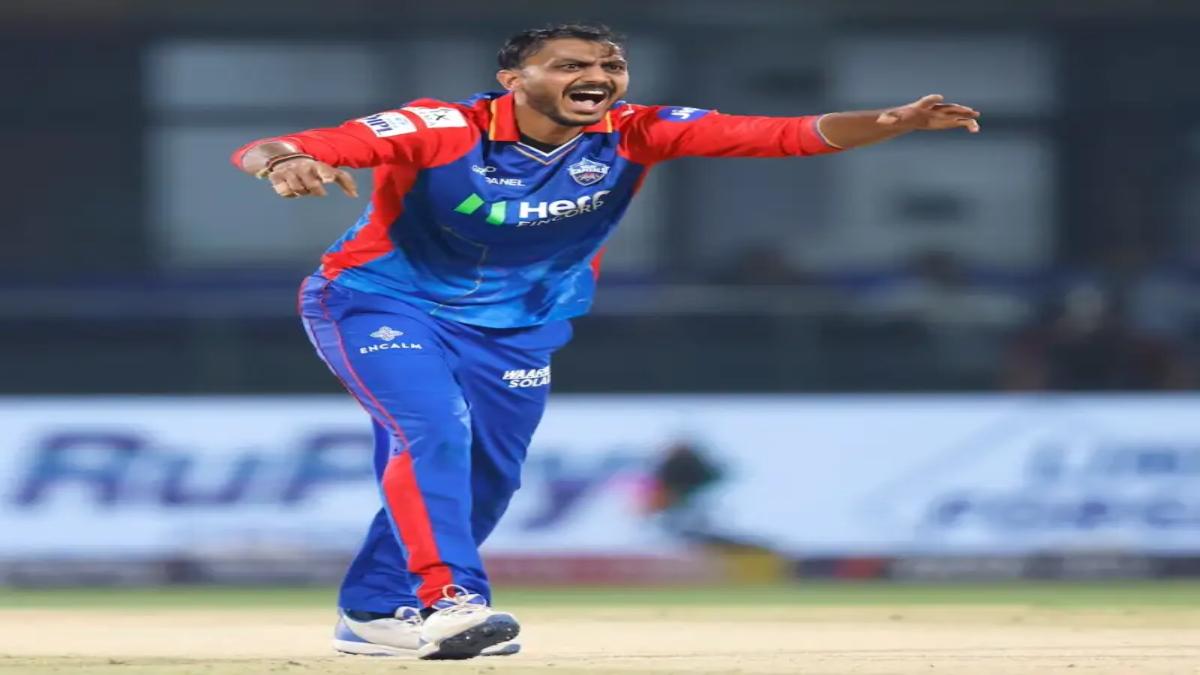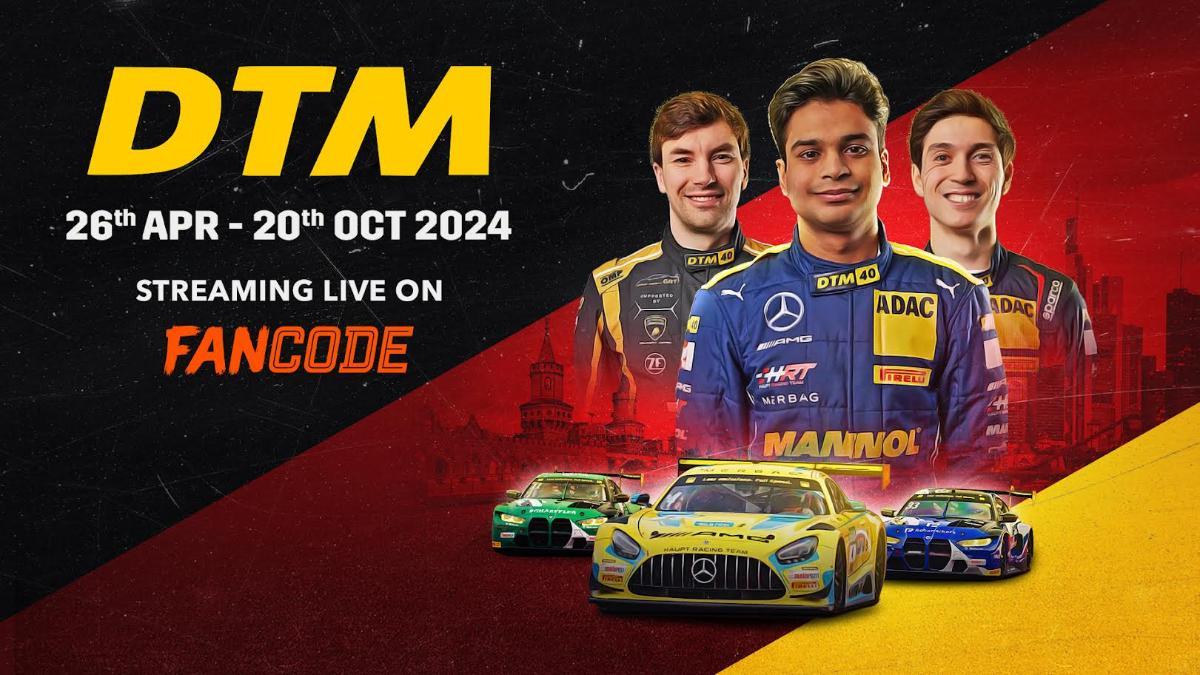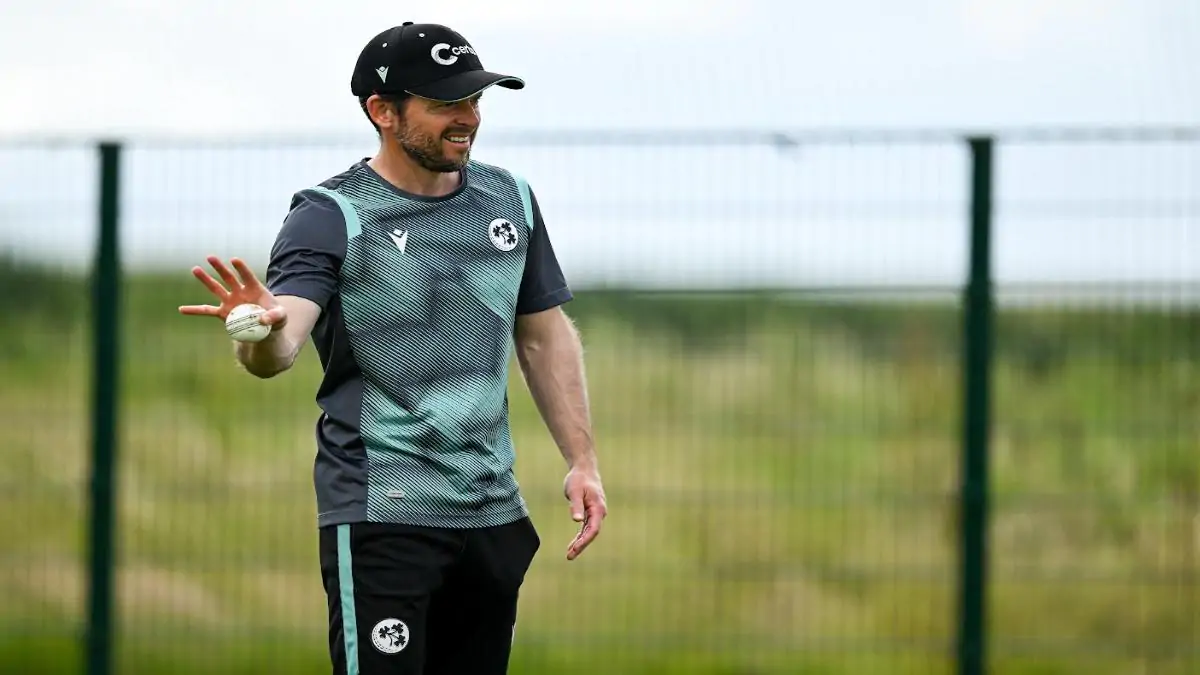The world of sports has never been so competitive, nor have athletes, coaches and scientists managed to obtain as much data as they can today with the help of sports science. Not only has the use of sports science helped push the boundaries to a whole new level with high performance and optimum nutrition, it has made the lives of the athletes easier who enjoy fewer injuries and quicker rehabilitation in their short careers.
In this exclusive interview with SPOGO, Mr. Antony Chacko – Director of Center for Sports Science at Shree Kanteerva Stadium (Department of Youth Empowerment and Sports) speaks about the role of sports science in optimum performance, injuries and rehabilitation, implementation at the grassroots, identifying talent, mental well-being, remaining competitive at the international stage and future goals.
Q 1) How big of a role does sports science play in ensuring athletes can perform at the optimum level?
The role of sports science in India has been bare minimum. It’s too costly and unaffordable for most athletes and the idea behind starting a sports science center was making it affordable and accessible. According to me, sports science plays a major role in an athlete’s career such as prevention of injuries, rehabilitation by following protocols so that it's a faster process and high performance. Most coaches have very little data of their athletes and a data driven approach with regards to sports nutrition, sports psychology, sports physiology, biomechanics, sports medicine and when the data is scattered, it’s not being viewed in an integrated way by the coaches. Sports science is providing integrated data to the athletes, parents, administrators, coaches and they can see the injuries, rehabilitation process, prevention and performance. There are sports specific assessments that quickly give insights to the coaches about what needs to be done. That’s the role of sports science in totality by providing data for athletes to reach their full potential.
Q 2) How important is sports science in injury prevention and rehabilitation?
In India, there are very few sports science centers. There are elite athletes, semi-elite athletes and beginners, each of them face challenges. Factors such as body balance, symmetry, body posture play a critical role in injuries and these parameters are used for beginners. For semi-elite players who train 3-4 hours a day, the body needs nutrition to get recovery in terms of lactic acid and stretching to prevent injuries. For elite players, they need an integrated approach from all sports science departments such as nutrition, mental strength, body physiology, training load, competition which help devise injury prevention programs. In India, not much importance is given to injury prevention and I understood how important it is only after I joined sports science. It’s worth investing in injury prevention because rehabilitation is a long process. The role of injury prevention plays a very critical role. Rehabilitation is also very important and there are specialists such as orthopedics, sports medicine, physiotherapists, strength and conditioning and they all play a critical role in the overall process.
Q 3) What is the Karnataka Department of Youth Empowerment and Sports doing to promote and educate aspiring athletes at the grassroots?
The Karnataka state government was one of the first governments to start sports science. Starting a sports science center requires many professional specialists and the government took a different approach. They brought on board a specialist company on a public-private partnership where the government gave the ecosystem support while the private company took care of the resources and specialists in a professional manner. The Karnataka Department of Youth Empowerment and Sports built the infrastructure and have their own coaches across districts. To establish a consistent talent pool, they built a system at the grassroot level by creating the Sports Talent Identification Program which is one of the biggest. In the first batch, there was scouting of 10,000 kids from the age group of 9-16 across the remote corners. It's done using the latest technology and scientific methodologies. We take a mobile van with scientists to remote locations and report the findings of the district back to the government about the talent.
The ecosystem becomes much easier to maintain and it’s not too costly because the infrastructure and coaches are already there. Having sports science at the grassroot level means kids can grow with a long term development model. Children don’t have the luxury to return home from school and then be escorted to a coaching camp by parents at the grassroots which is why the Karnataka Department of Youth Empowerment and Sports trained 8000 P.T teachers from government schools and bringing them up to date with the latest technologies and sports science methodologies so that they can groom the kids. Under each P.T teacher there are 18-20 talented kids, with a total of 1 lakh talented children which is run efficiently and is cost effective. We monitor them through an athlete monitoring system which comes under a database and look at the data on a quarterly basis and see their growth, nutrition and training. It’s a very intelligent dashboard with information on how talent is groomed at the grassroots and creating a system for kids to fulfill their potential. The government of Karnataka is coming up with two new sports science centers to reach out to the poorest of poor kids.

Q 4) What are the different aspects that the Karnataka Department of Youth Empowerment and Sports look for when identifying talent?
While doing STID, we are covering each department of sports science as an integrated approach. We are assessing kids for human physiology, biomechanics, nutrition, psychology, physiotherapy and strength and conditioning. Sports Talent Identification is one of the unique scientific methods and across India we are the one who is doing and implementing this. We are indulging in capacity building of Physical Education Teachers that can help to work with 1 million kids from grass root levels.
Q 5) Apart from the various advances in the field of sports, how is the Karnataka Department of Youth Empowerment and Sports promoting mental well-being?
Let's take mental well being into different age groups. What we thought from a sports science centre perspective was if one talks about mental well being that the Department of Youth Empowerment and Sports is taking care of most of the athletes and volunteers in terms of psychology. It's from the government sports department where we have partnered with Nihmans. We also have a team of psychologists at all the grassroot levels and in all the districts we have a program called Yuva Spandana and that's how they look at mental well being from a mass point of view. Coming to sports specific mental well being of athletes during these COVID times, we have a software based methodology where we can have the mental well being test. Using the software called VNR test system, through it's insights we come to know what kind of interventions are needed for an athlete and a sportsman, for example, does he need a one on one counselling or there are other cognitive trainings in terms of software based training to improve their mental strength. These are the kind of programs we have with Nihmans. This is how we cover huge numbers and credit goes to the department for coming up with such huge programs where they touch lives of a huge number of athletes and youngsters.
Q 6) According to you, how important is it for advancements in sports to be adopted in our country for Indian athletes to remain competitive at the international stage?
The technology keeps improving every year and the advancement is fast paced. The problem with most of the Indian coaches is to keep up with this advancement of technology because they already have a certain number of athletes with eight hours of training per day making it tough for them. That's where the role of sports science comes into picture. It comes in as an expert for all this technology and brings this technology to the academy or athlete and then there is a model where sports science becomes the support team for the coaches or academies to give the numbers in terms of what kind of parameters we get out of this technology.
The adaptation in India right now is very poor but if more and more sports science centres start coming up in India, the advancement of technology will be more penetrated among the athletes. If we look at sports science centres in India, there are only handful of quality centres while in developed nations, most of them have thousands while in India the numbers are between 15-20.This number needs to improve because only then can technology become a support team because sports science is not just about the specialists in certain departments but also about bringing that technology and biomechanics and how we look at the data in integrated approach and how we can share those numbers with the coaches. In this model the coach capacity building becomes much easier for the sports science centre because we are working very closely with the advancement of the technology with the coaches, then it becomes training where we are talking and discussing and that's how upgradation of technology can happen for coaches in an easier and faster way. However, from Karnataka's perspective, we are nowhere at grassroot levels. In Banglore itself, very few institutions are using technology.
Once it becomes affordable, the athletes and institutions will show interest but right now the idea is for us to make it very cheap. So the adaptation of technology becomes much easier for the institution and for the athletes as well. That's the stage we are in right now, because of affordability we are lacking in terms athletes accessing technology
Q 7) What are the goals of the Karnataka Department of Youth Empowerment and Sports in the future? How does the organization plan to achieve them?
Karnataka has come up with a program this year called Mission Olympic, which is Mission Olympic 2024 and Mission Olympic 2028. They have a short term four years program on how to groom talents for 2024 and put Karnataka on top of the map in India in terms of Olympic participation.There is also Mission Olympic 2028, which is a long term plan wherein you identify talent and groom them in a systematically long term athlete development model for 2028 Olympics.
Along with identifying talents, a period of seven years will be given to groom talent in a scientific and systematic way for 2028. There's a different approach for short term program for 2024 Olympics as you have to look at the talent that is ready available in state like the the top five players of Karnataka in each and every sport and do a lot of assessment on them to identify where they stand right now and what are the normative data to qualify for Olympics and based on those normative data, what are the two to three years plan on how this athlete needs to approach to qualify first.
I always believe that we should talk about winning the Olympic medal and not just qualifying, but if I have to take it in a realistic way, the first step is qualifying – looking at the normative data and what are the parameters to improve on the performance, power, agility, flexibility based on the sports and then work in a systematic way where they are continuously monitored and there is an accountability in the system where everyone including the coach, the support team, the administrators are all accountable. Hence once the collective accountability comes in, I don't see why Karnataka won't succeed in being one of the top states in producing Olympians.







